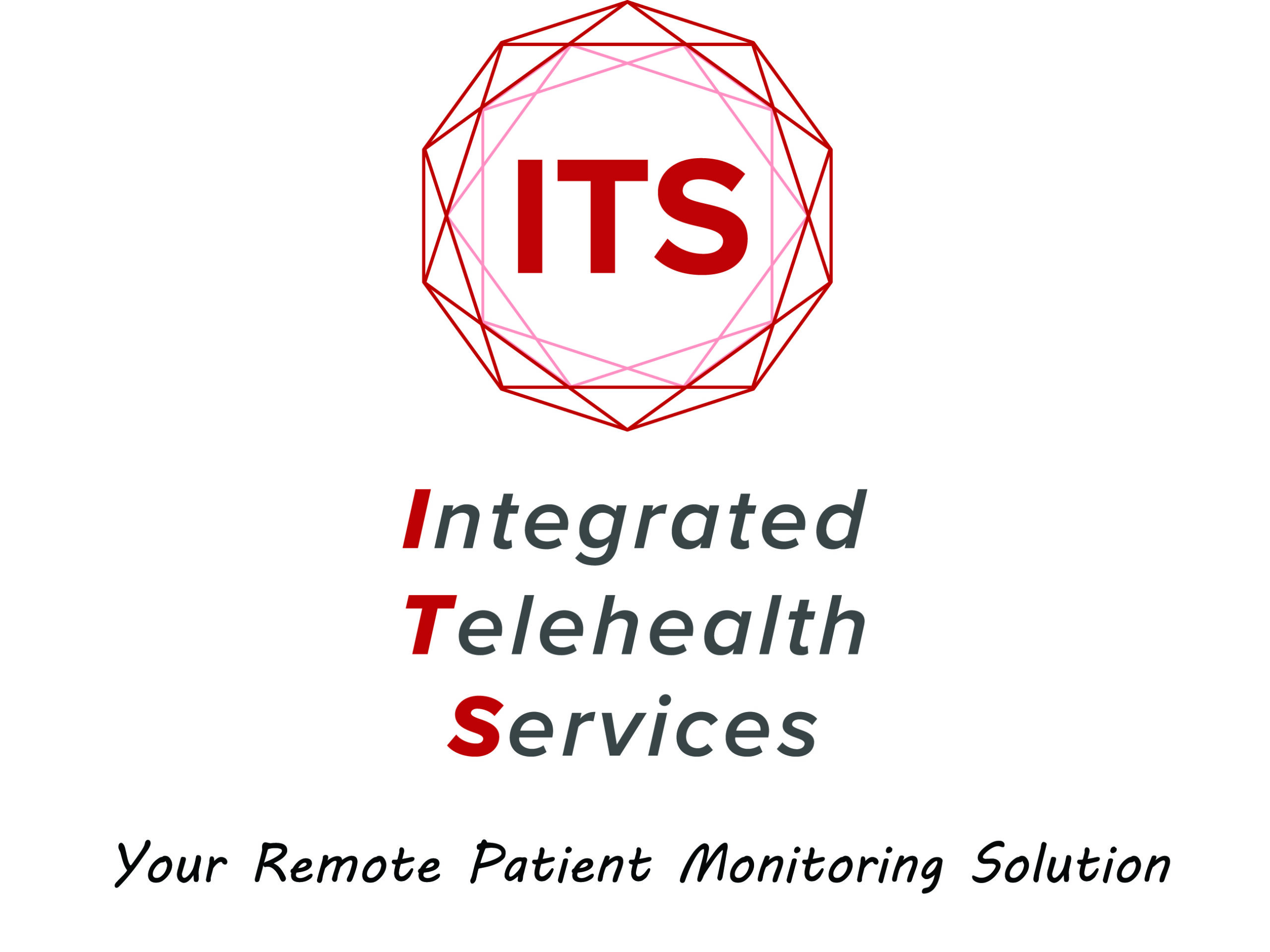Social determinants of health (SDOH) are the conditions in which people are born, grow, live, work, and age. These conditions can have a profound impact on health outcomes, even more so than genetics or healthcare access.
There are many ways to integrate SDOH survey findings into integrated physical and behavioral health care.
Here are a few examples:
- Use SDOH data to identify patients who are at risk for poor health outcomes. This information can be used to target interventions and resources to those who need them most.
- Use SDOH data to develop patient-centered care plans. These plans should take into account the patient’s individual needs, preferences, and social circumstances.
- Use SDOH data to measure the impact of care interventions. This information can be used to improve the quality of care and to ensure that patients are receiving the care they need.
- Use SDOH data to advocate for policy changes that can improve health outcomes. This information can be used to raise awareness of the importance of SDOH and to support policies that can address them.
By integrating SDOH survey findings into integrated physical and behavioral health care, we can improve the quality of care and help patients achieve better health outcomes.
Here are some specific examples of how SDOH data can be used to improve care:
- A study by the University of California, San Francisco found that patients who received care from a team that considered their SDOH had better health outcomes than those who did not.
- A study by the University of Michigan found that patients who received care from a clinic that offered social services had lower rates of hospitalization and emergency department visits than those who did not.
- A study by the University of Pennsylvania found that patients who received care from a program that provided financial assistance had better health outcomes than those who did not.
These studies demonstrate the potential of SDOH data to improve the quality of care. As we continue to learn more about the impact of SDOH, we can develop even more effective ways to integrate this information into care.

